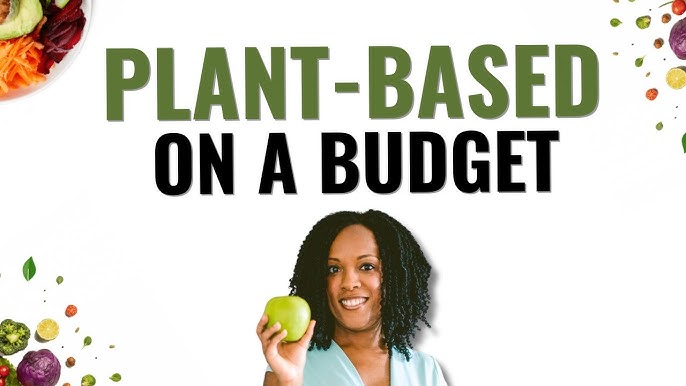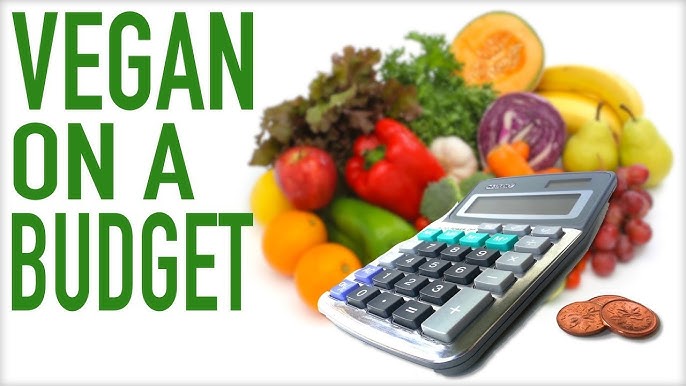Switching to a vegan lifestyle can feel expensive at first. Many people believe plant-based diets are costly because of fancy products like almond milk, vegan cheese, or imported superfoods. But the truth is, eating vegan in India can be very budget-friendly if you make smart choices. Most traditional Indian meals are already plant-based or vegetarian, which makes the transition much easier.
This guide will show you budget tips for new vegans in India. You will learn how to save money while eating healthy, delicious, and sustainable food.
1. Start with Indian Staples
Indian kitchens are filled with affordable vegan-friendly ingredients. Grains like rice, wheat, and millets form the base of many meals. Pulses such as dal, chickpeas, and rajma are cheap and packed with protein. Seasonal vegetables and leafy greens are easily available in local markets at low prices.
Instead of buying packaged vegan products, focus on local Indian staples. They are budget-friendly, nutritious, and already familiar to your taste buds.

2. Buy Seasonal and Local Produce
Seasonal fruits and vegetables are always cheaper and fresher. For example, mangoes in summer, cauliflower in winter, and drumsticks during the monsoon. Buying from local farmers or nearby sabzi mandis helps save money compared to supermarkets.
Choosing local produce also reduces your carbon footprint and supports Indian farmers.
Also Read Delicious Plant-Based Pancakes: 5 Easy & Healthy Ways
3. Cook More at Home
Eating out, even at vegetarian restaurants, can get expensive. Cooking at home gives you more control over ingredients, flavors, and nutrition. Simple vegan meals like dal-chawal, vegetable pulao, or stuffed parathas are both affordable and satisfying.
Batch cooking also saves money and time. Prepare extra dal or curry and use it for multiple meals. Store-bought vegan food is often overpriced, but home-cooked vegan meals are always cheaper.
4. Avoid Expensive Vegan Replacements
Many new vegans spend extra on products like almond milk, mock meat, or imported chia seeds. While these are nice occasionally, they are not necessary. Coconut milk, soy milk, or even homemade peanut milk are cheaper alternatives.
For protein, stick to dals, beans, soy chunks, peanuts, and sprouts instead of processed mock meats. For healthy fats, use flax seeds, sesame seeds, or mustard oil, which are commonly available in Indian homes.
5. Shop Smart and in Bulk
Buying grains, pulses, and spices in bulk is much cheaper than purchasing small packets. Local kirana shops or wholesale stores offer better deals than supermarkets. You can also join with friends or neighbors to buy larger quantities and split the cost.
Use cloth bags and carry your own containers when shopping. This not only reduces waste but also helps avoid extra packaging costs.
6. Grow Your Own Herbs and Vegetables
Even if you live in a flat, you can grow small plants in pots. Herbs like tulsi, mint, curry leaves, and coriander grow easily at home. Spinach, methi, and tomatoes can also be grown on balconies.
This not only saves money but also gives you access to fresh, chemical-free produce. Home gardening is one of the best budget-friendly vegan lifestyle hacks.
7. Plan Meals and Reduce Waste
A lot of money is wasted when food goes unused. Plan your meals for the week before shopping. Buy only what you need and store it properly. Use leftovers creatively—turn last night’s sabzi into a paratha filling or use rice for lemon rice or fried rice.
By reducing waste, you save both money and resources.
8. Learn Traditional Indian Vegan Recipes
Many Indian recipes are naturally vegan without requiring expensive substitutes. Dishes like masoor dal, poha, upma, besan chilla, idli, dosa, and vegetable curries are both affordable and nutritious. Explore regional recipes—Gujarati thepla, Tamil sambar, Bengali cholar dal, and Maharashtrian zunka are vegan-friendly and pocket-friendly.
Sticking to Indian vegan recipes helps you enjoy tasty meals without extra costs.
9. Use Affordable Protein Sources
One of the biggest myths is that a vegan diet lacks protein. In reality, India has many budget-friendly protein sources. Dal, chickpeas, kidney beans, soy chunks, groundnuts, and sprouts are high in protein. Pairing grains with pulses, like dal with rice or chapati with chole, creates complete proteins.
This way, you get enough nutrients without buying costly supplements.
10. Be Smart with Snacks
Instead of packaged chips and biscuits, prepare snacks at home. Roasted chana, popcorn, murmura, or masala peanuts are tasty and cheap. Seasonal fruits make great snacks too. These are healthier, lighter on your pocket, and better for the planet.
FAQs on Budget Vegan Living in India
1. Is eating vegan expensive in India?
No. In fact, most Indian diets already rely on grains, pulses, and vegetables, which are cheaper than meat and dairy alternatives.
2. What are the cheapest vegan protein sources in India?
Dal, chickpeas, rajma, soy chunks, peanuts, and sprouts are affordable and protein-rich.
3. Do I need vegan substitutes like almond milk or mock meat?
Not at all. These are optional. You can make simple, cost-effective substitutes at home or stick to local foods.
4. Can I eat vegan food while traveling in India on a budget?
Yes. Many Indian snacks and street foods are naturally vegan, like samosa (without paneer), poha, idli, dosa, and vada pav. Just confirm no dairy (ghee, butter, curd) is added.
5. How can I save money on fruits and vegetables?
Buy seasonal, local produce from farmers’ markets or wholesale vendors. Avoid imported fruits, which are much costlier.
Final Thoughts
Becoming vegan in India doesn’t have to be expensive. By focusing on local, seasonal, and traditional foods, cooking at home, and avoiding unnecessary packaged items, you can easily follow a budget-friendly plant-based lifestyle.
Small steps like meal planning, growing herbs at home, and reducing waste can help you save money while staying healthy and kind to the planet.
Author- Ayush
